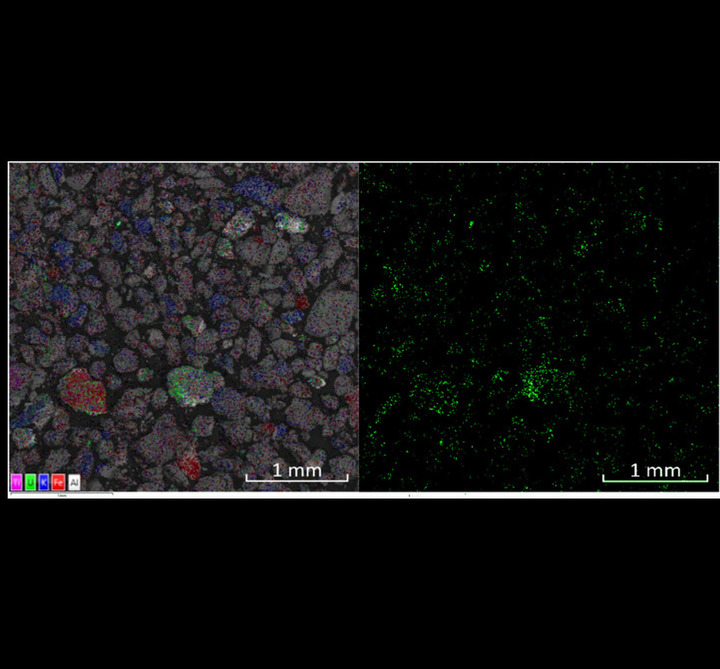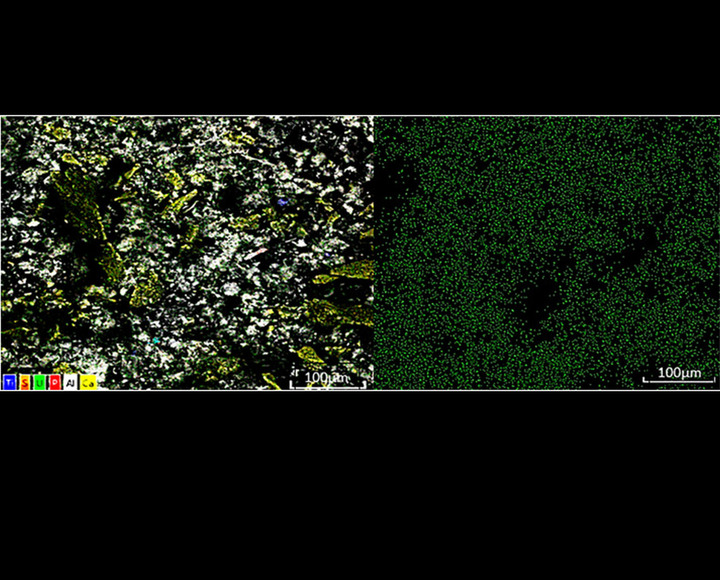Russian scientists sweetened groundwater to remove uranium
[ad_1]
An unexpected way to combat radioactive contamination has been found
Conventional food and microbial communities have served well in cleaning groundwater from radioactive contamination near the Siberian Chemical Combine storage facility in the city of Seversk. A new method of deposition of actinides – uranium, plutonium, neptunium and americium – was tested by scientists from the laboratory of environmental radiochemistry of the Institute of Geochemistry and Analytical Chemistry named after. IN AND. Vernadsky (GEOKHI RAS) together with colleagues from the Institute of Physical Chemistry and Electrochemistry of the Russian Academy of Sciences and the Federal Research Center of Biotechnology of the Russian Academy of Sciences.
According to a study previously conducted by GEOKHI scientists, radionuclides can actively spread in sea and river bottom sediments, in suspended particles, in the water itself and benthos (a collection of living organisms living at the bottom of reservoirs).
For example, it was shown that due to nuclear weapons testing and waste dumping into river drains, liquid and solid radioactive waste entered the Kara and Barents Seas from the late 1950s to 1992. 7 sunken nuclear reactors with spent fuel (including a partially unloaded reactor from the Lenin nuclear icebreaker) also pose a potential threat.
Scientists also analyzed the results of studying groundwater near nuclear fuel cycle production facilities, in particular, the consequences of the Kyshtym disaster of 1957 (this is a man-made emergency that occurred at the Mayak chemical plant in the closed city of Chelyabinsk-40).

The data obtained on various types of pollution and their scale in different regions of the country led researchers to the conclusion that it is possible to use the capabilities of natural microorganisms to make radionuclides inactive, enlarged for their faster precipitation in biogenic mineral sediments.
In order to test this hypothesis, scientists from the Institute of Physical Chemistry and Electrochemistry of the Russian Academy of Sciences pumped a mixture of sugar and whey through a well into aquifers near the storage facility of the Siberian Chemical Combine in the city of Seversk. This sweet “cocktail” led to the activation of microorganisms, which, as a result of their vital activity, purified the water from nitrate ions and blocked the spread of radioactive contamination.

If you take natural water, you will notice a suspension, also called colloids, says Ivan Myasnikov, senior researcher at the Laboratory of Environmental Radiochemistry of the Geochemical Institute of the Russian Academy of Sciences. – Under natural conditions, the ability of radionuclides that are attached to suspended particles to spread depends on its quantity and stability. Activation of microbial processes in groundwater by inexpensive organic compounds can ensure faster deposition of radionuclides.
Today, after the first tests, it is necessary to comprehend the results obtained, conduct additional laboratory studies, in order to then scale this approach to other enterprises.
Our new idea, being implemented at the institute, is to use microbial processes to transform fine particles into larger and less mobile ones and thereby increase the immobilization of actinides on the rock in the form of new mineral inclusions. In this option, their retention will be more complete and longer. In addition, special additives can be added to the composition of the nutrient solution for injection underground, further accelerating the deposition and fixation of colloidal suspensions on rocks.
– Can I add a few words about the next steps?
“In the future, we plan to evaluate the behavior of actinides in mineral sediments after the bacteria run out of food.” The goal of our future research is to deepen our understanding of the behavior of actinides in the environment, which will allow for more effective cleanup strategies for contaminated sites.
[ad_2]
Source link








